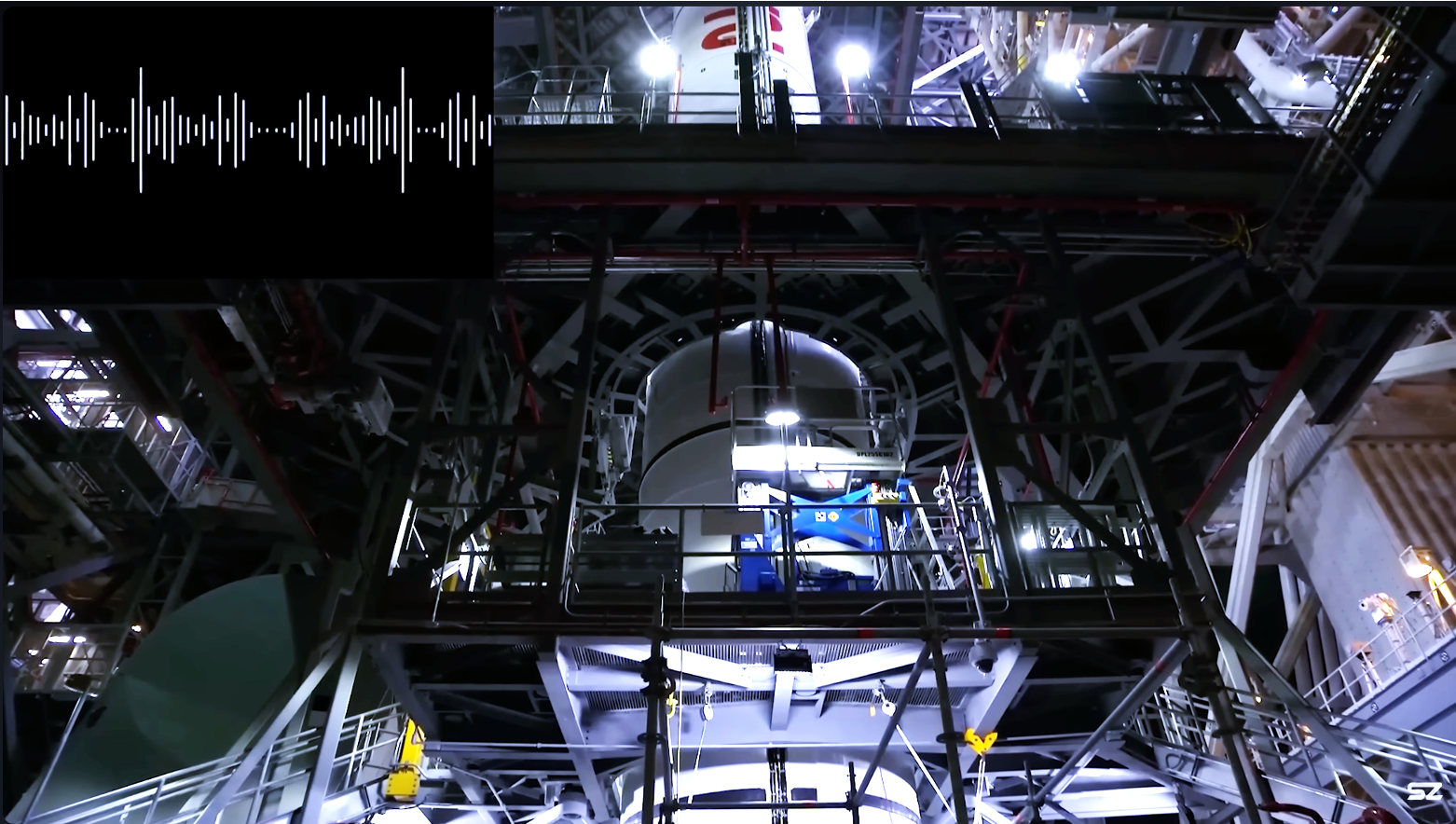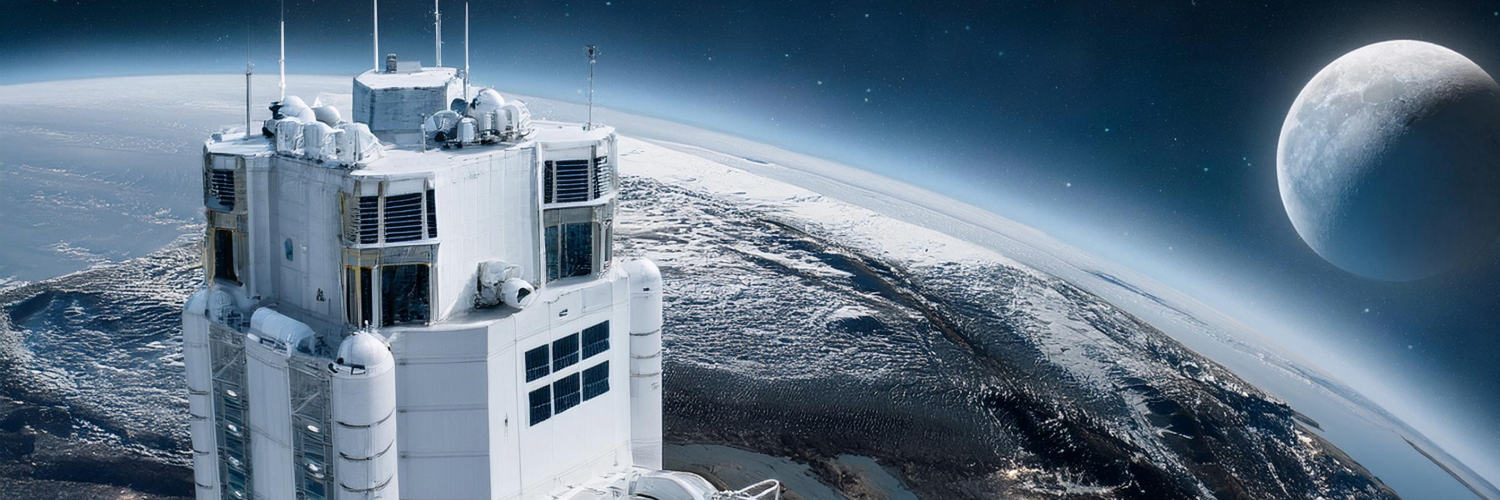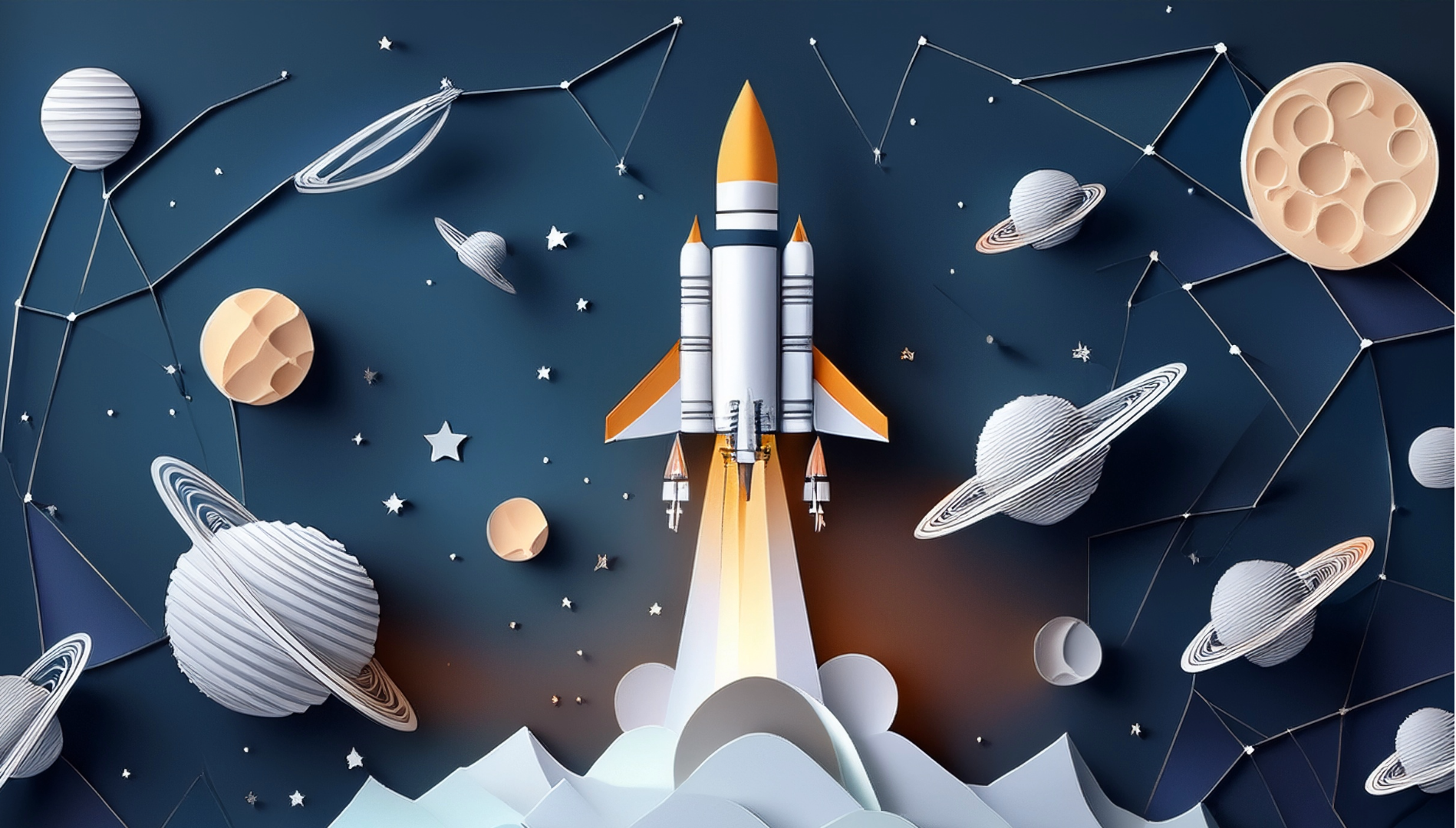
On a podcast hosted by NASA public relations official Gary Jordan, interim Administrator Sean Duffy addressed concerns about the Artemis program, highlighting what worries him most. He said: “We could talk about what it means economically, which is all very real. Here is my one concern. If Artemis I, Artemis II, and Artemis III are all $4 billion a launch, $4 billion a launch. At $4 billion a launch, you don’t have a Moon program. It just, I don’t think that exists. We have to bring the price down. And so I have to think about and work with members of Congress. What does Artemis IV, V, and VI look like? But to spend that much money in thinking about what we have to do to have a sustained presence, I think becomes very, very challenging. And so what? What is the answer?” (24:48) Duffy has been clear in his position: the Space Launch System (SLS) is unaffordable, and any lunar program built around it is likely unsustainable beyond a few symbolic "flags-and-footprints" missions. Instead, he advocates for leveraging commercial alternatives currently being developed by companies like SpaceX and Blue Origin. NASA Found Brilliant Solution to Go Back to the Moonbefore China. SpaceX Starship?
https://youtu.be/cnRTZ8HihQ8
However, on July 4, President Trump signed the “One Big Beautiful Bill” into law. A key amendment introduced by Senator Ted Cruz added approximately $9.9 billion in additional funding to support Artemis, the SLS rocket, and the Orion spacecraft—effectively ensuring that Artemis IV and Artemis V would continue to launch on the SLS platform. So how does NASA plan to save money while still using this costly rocket? The answer is simple: just try to make the SLS more affordable. The House version of NASA’s fiscal year 2026 appropriations bill includes a notable directive: “The Committee directs NASA to evaluate alternatives to the current Exploration Upper Stage (EUS)design for SLS, with a focus on reducing development and production costs, shortening the schedule, and maintaining the required lift capability of at least 130 tons to low-Earth orbit.
















From breaking news to thought-provoking opinion pieces, our newsletter keeps you informed and engaged with what matters most. Subscribe today and join our community of readers staying ahead of the curve.

